
| Recorded by: Jim Petranka and Mark Basinger on 2025-05-18
Madison Co.
Comment: | 
| Recorded by: David George, Jeff Niznik, Jim Petranka, John Petranka, Becky Elkin on 2025-05-09
Cumberland Co.
Comment: |
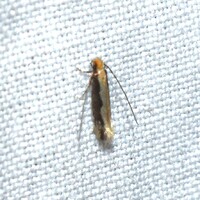
| Recorded by: David George, Tracy Feldman, Jeff Niznik, Rich Teper, Patrick Coin, Becky Watkins on 2024-06-08
Wake Co.
Comment: | 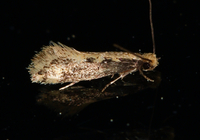
| Recorded by: Jim Petranka on 2024-05-27
Madison Co.
Comment: |
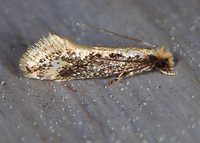
| Recorded by: Jim Petranka on 2024-05-22
Madison Co.
Comment: | 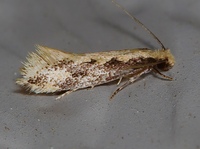
| Recorded by: Jim Petranka on 2024-05-20
Madison Co.
Comment: |
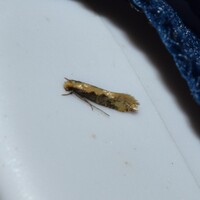
| Recorded by: Jeff Niznik on 2024-05-14
Madison Co.
Comment: | 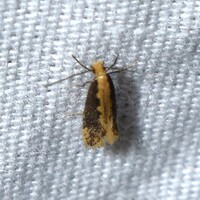
| Recorded by: David George, Stephen Dunn, Jeff Niznik on 2024-04-29
Chatham Co.
Comment: |
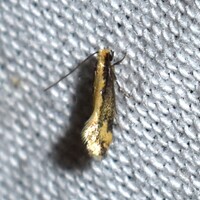
| Recorded by: David George, Jeff Niznik, Rich Teper on 2024-04-17
New Hanover Co.
Comment: | 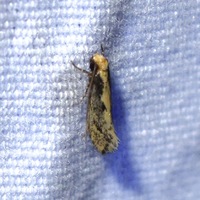
| Recorded by: David George, Stephen Dunn, Jeff Niznik on 2023-10-06
Orange Co.
Comment: |
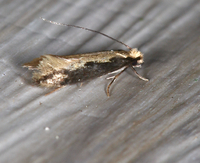
| Recorded by: Jim Petranka on 2023-08-02
Madison Co.
Comment: | 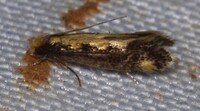
| Recorded by: David George, Stephen Dunn, Jeff Niznik on 2023-07-31
Macon Co.
Comment: |
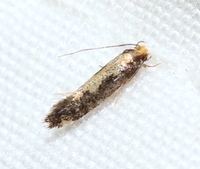
| Recorded by: David George, Stephen Dunn, Jeff Niznik, Rich Teper, Becky Watkins on 2023-07-30
Swain Co.
Comment: | 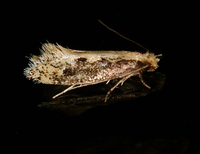
| Recorded by: Jim Petranka on 2023-06-19
Madison Co.
Comment: |
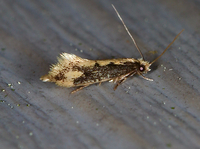
| Recorded by: Jim Petranka on 2023-06-02
Madison Co.
Comment: | 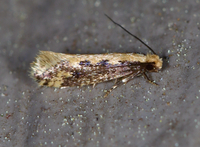
| Recorded by: Jim Petranka on 2023-05-25
Madison Co.
Comment: |
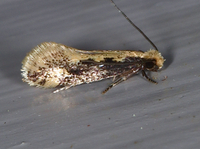
| Recorded by: Jim Petranka on 2023-05-23
Madison Co.
Comment: | 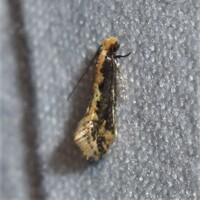
| Recorded by: David George, Jeff Niznik on 2023-05-17
Chatham Co.
Comment: |
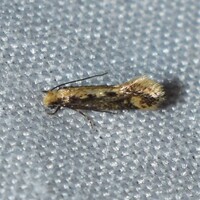
| Recorded by: David George, Jeff Niznik on 2023-05-12
Durham Co.
Comment: | 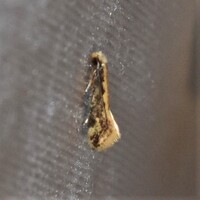
| Recorded by: David George, Jeff Niznik on 2023-04-29
Orange Co.
Comment: |
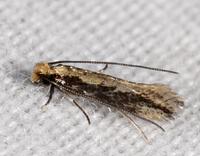
| Recorded by: John Petranka on 2022-08-21
Orange Co.
Comment: | 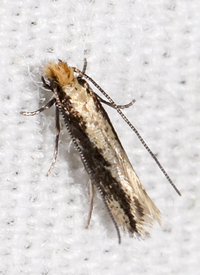
| Recorded by: John Petranka on 2022-08-21
Orange Co.
Comment: |
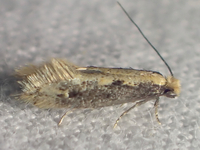
| Recorded by: tom ward on 2022-06-07
Buncombe Co.
Comment: | 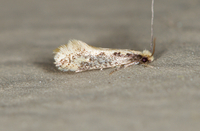
| Recorded by: Jim Petranka and Becky Elkin on 2022-06-07
Madison Co.
Comment: |
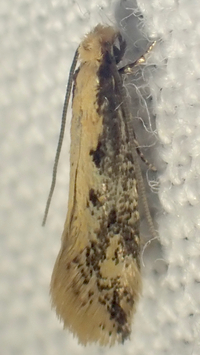
| Recorded by: tom ward on 2022-05-26
Buncombe Co.
Comment: | 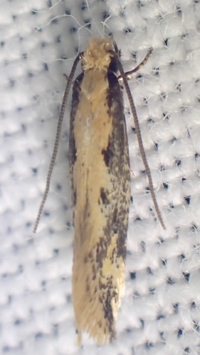
| Recorded by: tom ward on 2022-05-26
Buncombe Co.
Comment: |
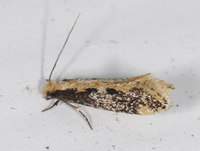
| Recorded by: John Petranka on 2022-05-22
Orange Co.
Comment: | 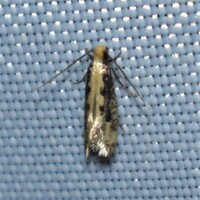
| Recorded by: Jeff Niznik on 2022-05-17
Chatham Co.
Comment: |
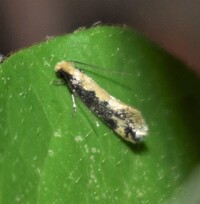
| Recorded by: Jeff Niznik on 2022-05-05
Wake Co.
Comment: | 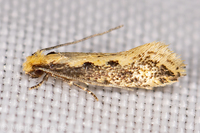
| Recorded by: Mark Shields on 2021-05-06
Onslow Co.
Comment: |
|

 »
»


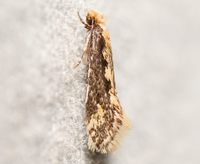

 »
»


